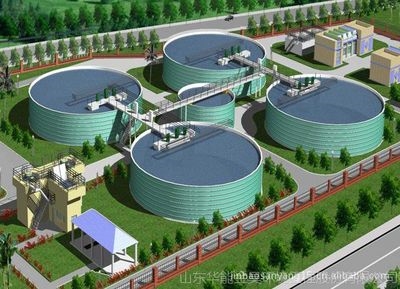
[China Aluminum Industry Network] Preface
It is difficult to reduce the nitrogen content in the steel to the desired content range. This is because during and after the degassing process, nitrogen penetrates into the metal through contact with air. Therefore, the determination of the nitride content in different slags is intended to Investigate slag with high nitride content and investigate the possibility of nitrogen removal using slag. In the previous study we conducted, the denitrification rate of nitrogen in molten iron transferred to the gas phase using CaO-Al2O3 (-CaF) was determined. The nitride content has been reported. We have found that for efficient denitrification, it is more important to have a higher oxygen partial pressure in the gas phase and less oxygen at the slag-to-metal interface. Thus, addition of elements such as aluminum, titanium, or silicon to molten iron is very effective so that the oxygen present in the metal can be reduced. In this study, the removal rate of nitrogen from molten iron to CaO-Al2O3-CaF2 was determined, and the effect of addition of aluminum, titanium, or silicon to molten iron on the denitrification rate was investigated.
experiment
The experimental apparatus includes a vertical MoSi. Resistance furnace, which is controlled by a PID controller with a Pt6% Rh/Pt-3% Rh thermocouple attached. Mullite test tubes were used as reaction tubes. First, the high-purity electrolytic iron was melted in a mixture of hydrogen and nitrogen using a high-frequency induction furnace at 1873 K, and the initial nitrogen content in the iron sample was adjusted to 100 to 150 ppm. The initial oxygen content in the sample is approximately 50 ppm (mass percentage), 50 g of iron and 20 g of slag are weighed and the composition of the slag is 32CaO-58Al2O3-lOCaF. (All mass percentages), it is fitted with corundum (internal diameter 25ram), the crucible is placed in the furnace, the temperature is raised to 1873K under a hydrogen atmosphere, and then, the guideline is switched to argon, and the flow rate is 200cm3/min. . After 30 minutes, the experiment was started to add aluminum, titanium or silicon to the molten iron.
Derivation of dynamic equations
Two equations were used to analyze the experimental results. One was to consider the denitrogenation from the metal to the slag, and the other was to consider the removal of nitrogen from the metal to the slag. Denitrification into the gas phase, from which a comprehensive derivation, the derivation and application of the two methods are described below.
Remove nitrogen from metal to slag
The entire process of removing nitrogen from the metal to the slag includes the following three steps:
(1) Migration of atoms from the metal body to the slag/metal interface (metal phase material transfer).
(2) Chemical reactions at the slag/metal interface.
(3) Migration of nitrogen ions from the slag/metal interface to the slag body (slag phase material transfer).
Experimental results
By showing the change in the nitrogen content in the metal with time, the amount of nitrogen rapidly decreases after adding aluminum, and when the amount of aluminum added is large, denitrification is faster. On the other hand, when aluminum is not added, the nitrogen content is almost constant, and the effect of adding aluminum on the nitrogen removal rate is quite significant. In the experiment of adding titanium, when directly adding pure titanium to the experiment, the amount of nitrogen in the metal did not decrease, and no denitrification was observed. We believe that the main reason is that the added titanium is not dissolved in the metal before it is dissolved. It is oxidized at a very high melting temperature. It is more difficult to add pure titanium like this, and 50% titanium-iron alloy can be prepared in advance as an additive. The experimental results of adding titanium can be found that after adding titanium, the denitrification rate also increased, of course, the impact is not as great as adding aluminum.
Conclusion
The denitrification rate of nitrogen in molten iron was transferred to CaO-A12O3—CaF2. The effect of adding aluminum, titanium, or silicon to metals at 1873 K was studied. The conclusions are as follows:
(1) Nitrogen in iron can be effectively removed by adding aluminum, titanium, and aluminum. These additives are very strong deoxidizers, of which aluminum is more effective.
(2) It has been confirmed that, for denitrification, it is important to maintain a low partial pressure of oxygen in the metal in order to increase the ratio of nitrogen to slag and metal.
(3) It can be considered that the additive has an effect on the oxygen partial pressure and the activity of nitrogen in the metal, and the effect on reducing the partial pressure of oxygen is greater than the effect on the denitrification rate.
HPL, called fireproof board, scientific name for the resin impregnated paper high pressure laminated board. HPL( High pressure Laminated) is a surface decorative building materials, refractory has the rich surface color, texture and special physical properties.
HPL is widely used in interior decoration, furniture, kitchen cabinets, closet, exterior wall and other fields.
Kitchen Cabinet HPL,HPL Laminated Sheets,HPL Faced MDF
Luli Group Co.,Ltd. , https://www.cnluli.com